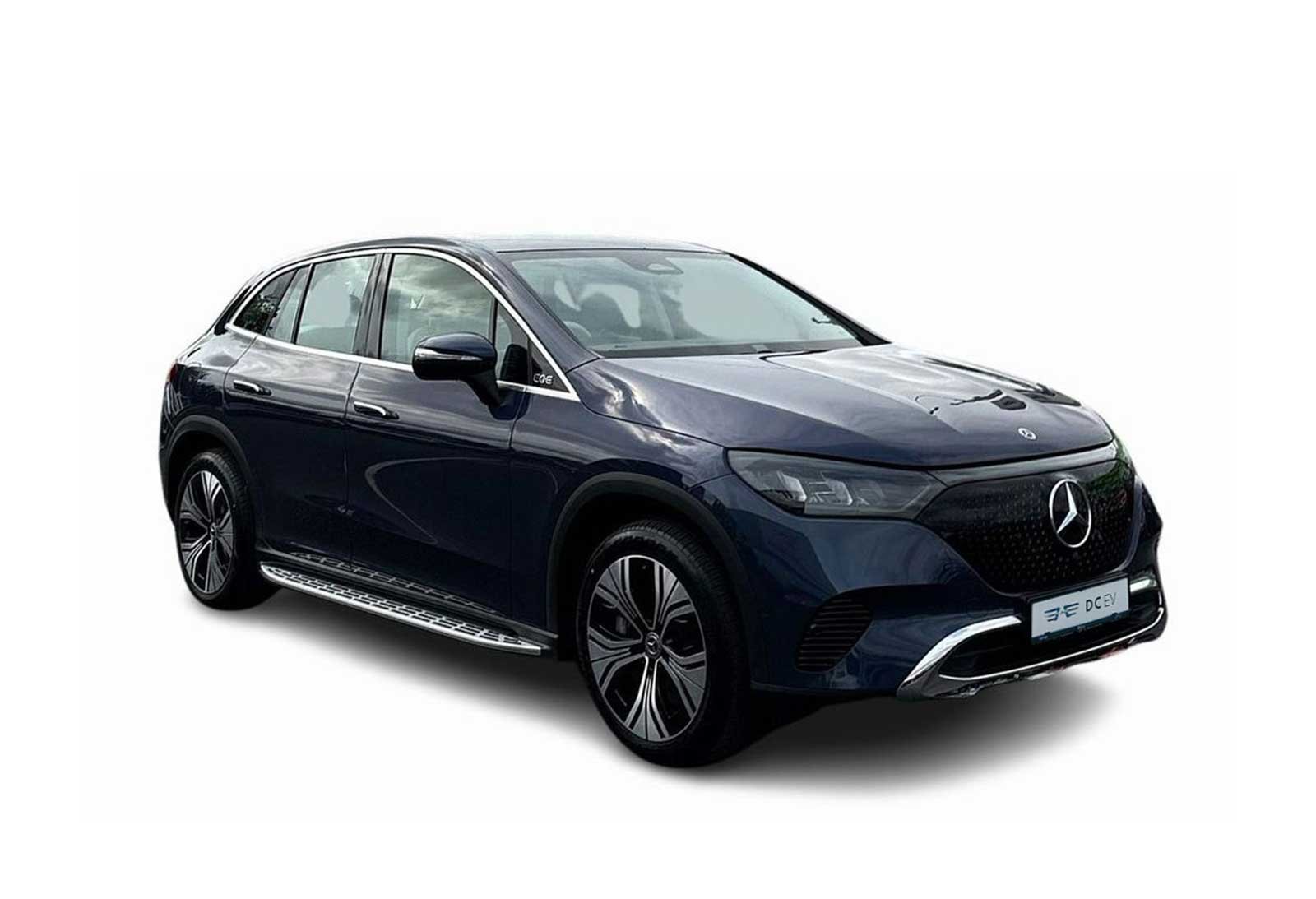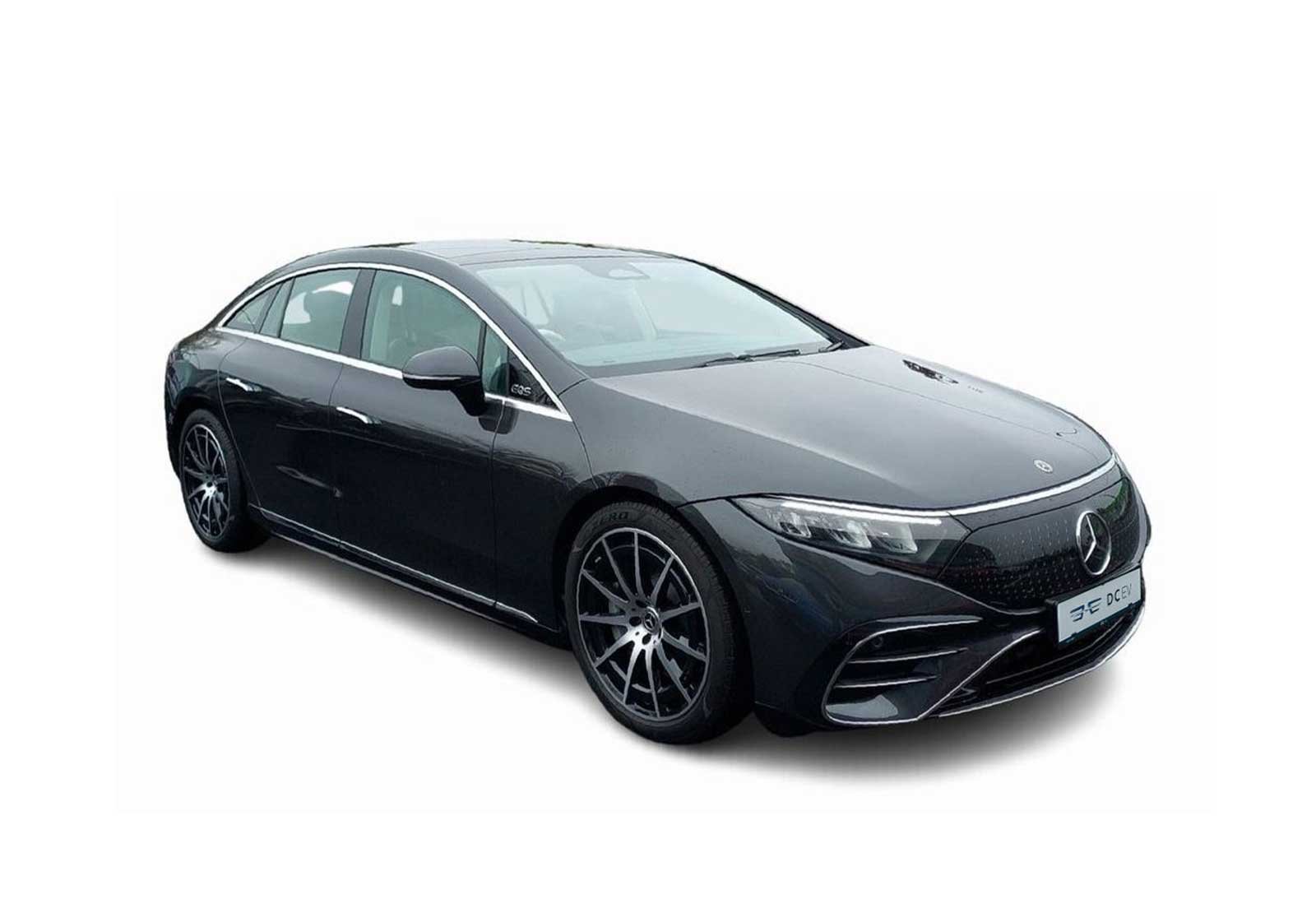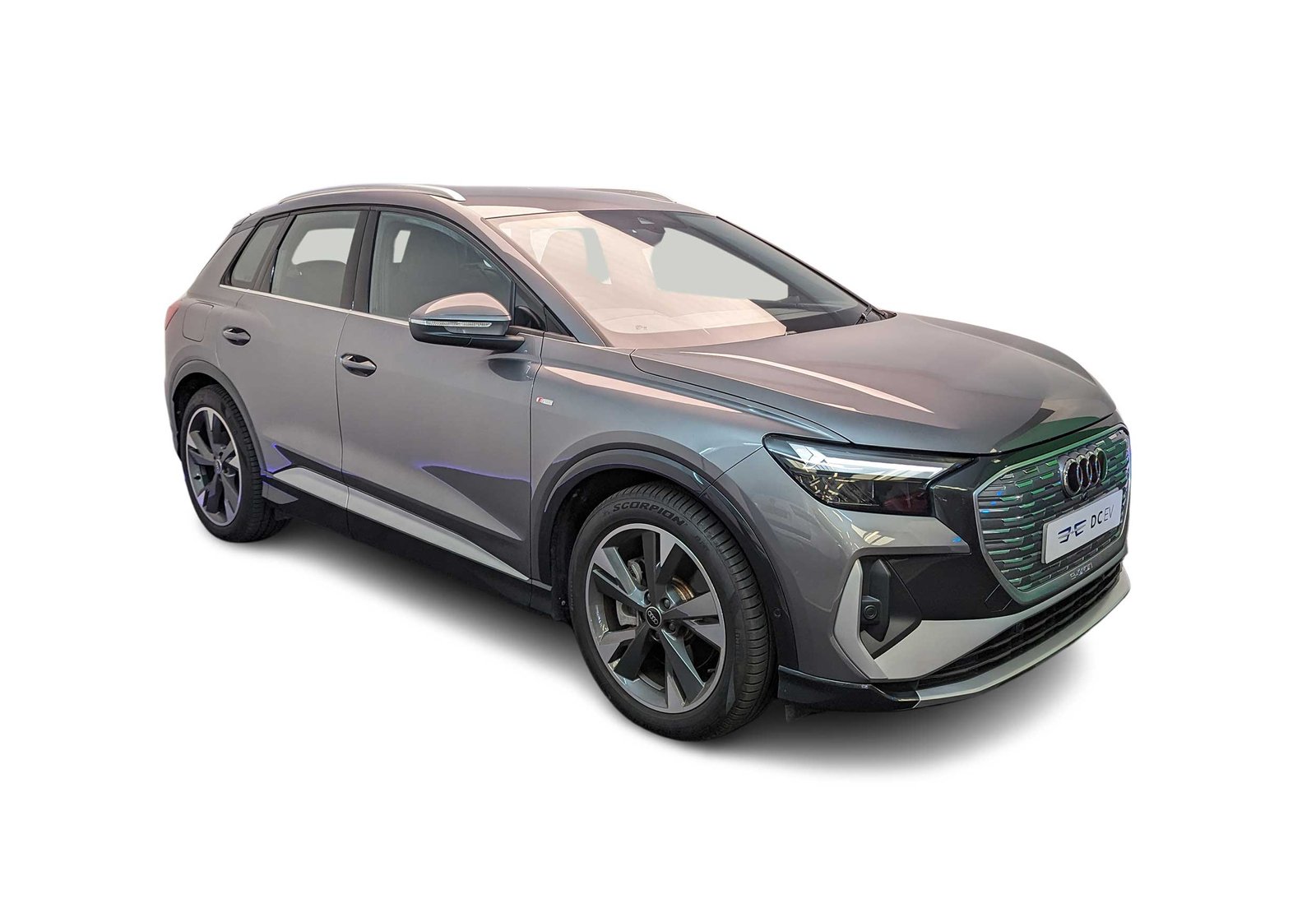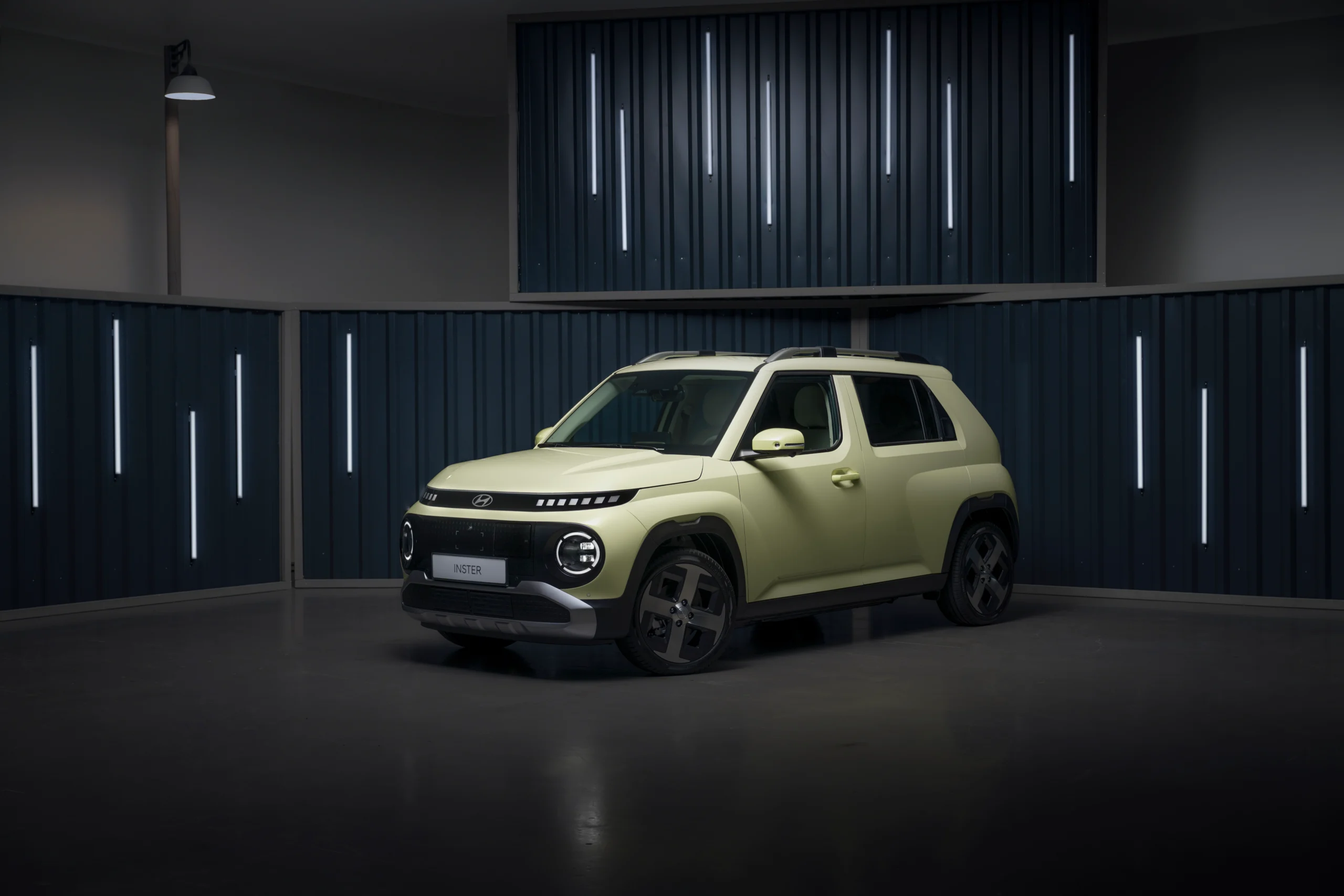The EV market is getting crowded, and Hyundai is boldly moving with its latest offering, the Hyundai Inster. Launched as the brand’s smallest and most affordable EV, the Inster aims to redefine what a sub-compact electric car can be. With its quirky design, impressive range, and tech-laden interior, it can take on rivals like the Citroën ë-C3, Dacia Spring, and Renault 5. But does it live up to the hype? Let’s dive into what makes the Hyundai Inster stand out—and where it falls short.

Hyundai Inster 2025 (Source: Hyundai Ireland)
Hyundai Inster Exterior Design: Cute Meets Chunky
The Hyundai Inster isn’t your average city car. Based on the Korean-market Casper—a petrol-powered micro-SUV—the Inster has been stretched and electrified for global appeal. At just 3.8 meters long, it’s tiny by modern standards, yet its boxy proportions and high roofline give it a surprising presence. Hyundai’s design team has sprinkled some Ioniq 5-inspired flair here, with pixelated LED lights and a bold front grille that’s more playful than aggressive. Circular daytime running lights add a touch of charm, while the rugged cladding and roof rails hint at a crossover vibe—though don’t expect any off-road heroics.

Round LED daytime running lights and pixel-graphic turn signals (Source: Hyundai Ireland)

Hyundai Inster Dimensions (Source: Hyundai Ireland)
It’s a look that’s polarizing. Some will adore its cartoonish charm, while others might find it too juvenile beside the retro-cool Renault 5. Still, the Inster’s compact footprint makes it a dream for tight urban streets and parking spaces, which is exactly where it’s meant to shine.
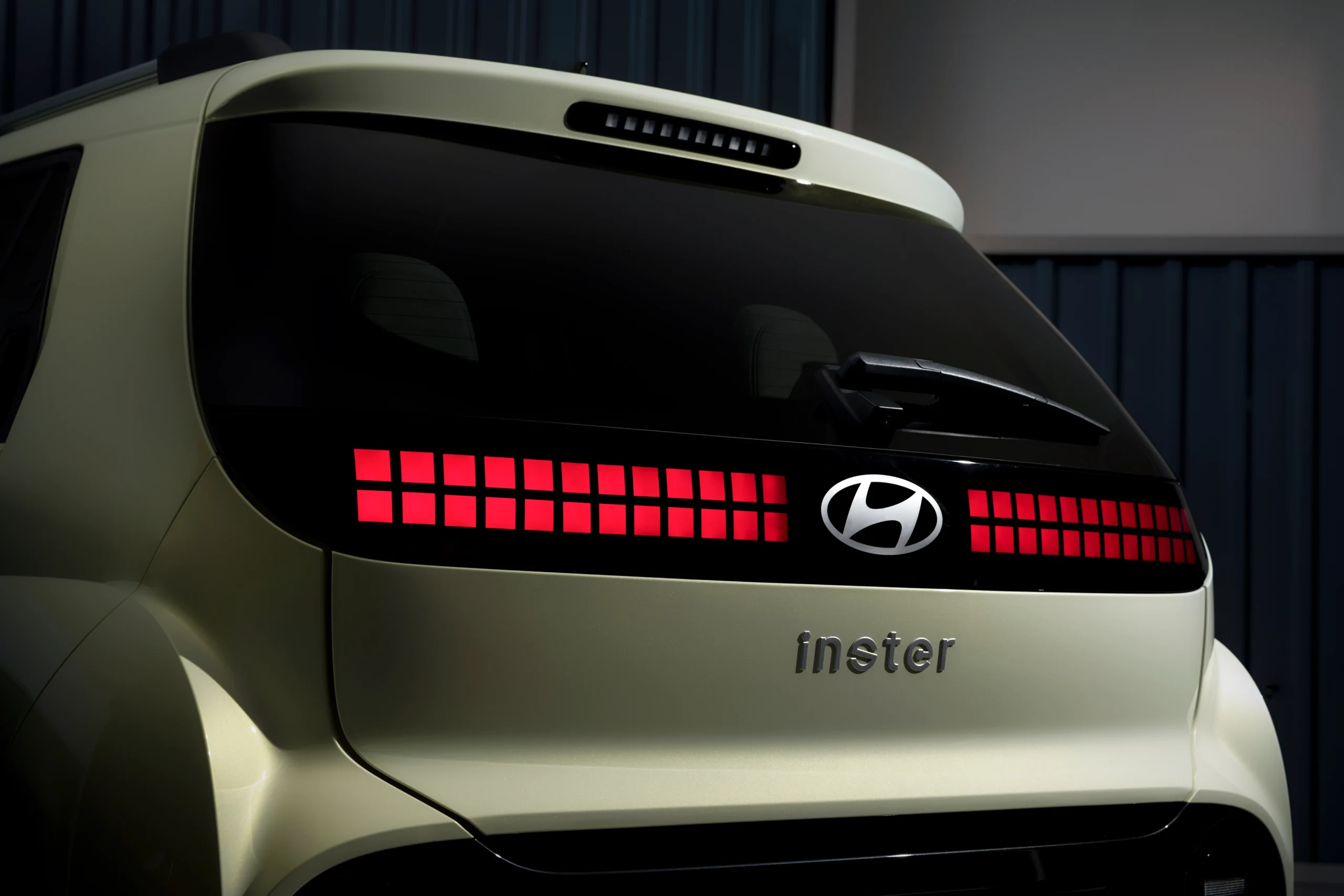
Hyundai Inster Parametric Pixel LED (Source: Hyundai Ireland)
Interior: Small Outside, Spacious Inside
Step inside, and the Inster feels like a Tardis – bigger than its exterior suggests. Hyundai has maximized the cabin space with a long wheelbase and a flat EV floor, creating a surprisingly roomy environment for a car this size. The front seats form a faux bench with a fold-down armrest, and in some markets, they’re both heated and ventilated—a rarity in this segment. The rear seats (just two, as it’s a strict four-seater) slide and recline, offering flexibility between legroom and cargo space. Boot capacity ranges from 238 to 351 litres, with the seats adjusted, expanding to 1,059 litres when folded flat.

All seats fold flat (Source: Hyundai Ireland)
The interior design is functional but not luxurious. Hard plastics dominate, though they’re well-assembled and accented with cheerful touches like houndstooth upholstery or a beige trim option that lifts the mood. Twin 10.25-inch screens—one for the driver’s display and one for infotainment—bring a premium feel borrowed from pricier Hyundai models. The responsive system supports wireless Apple CarPlay, Android Auto, and built-in navigation. Practicality shines through with clever storage solutions, including an open tray for the front passenger and a wireless charging pad.
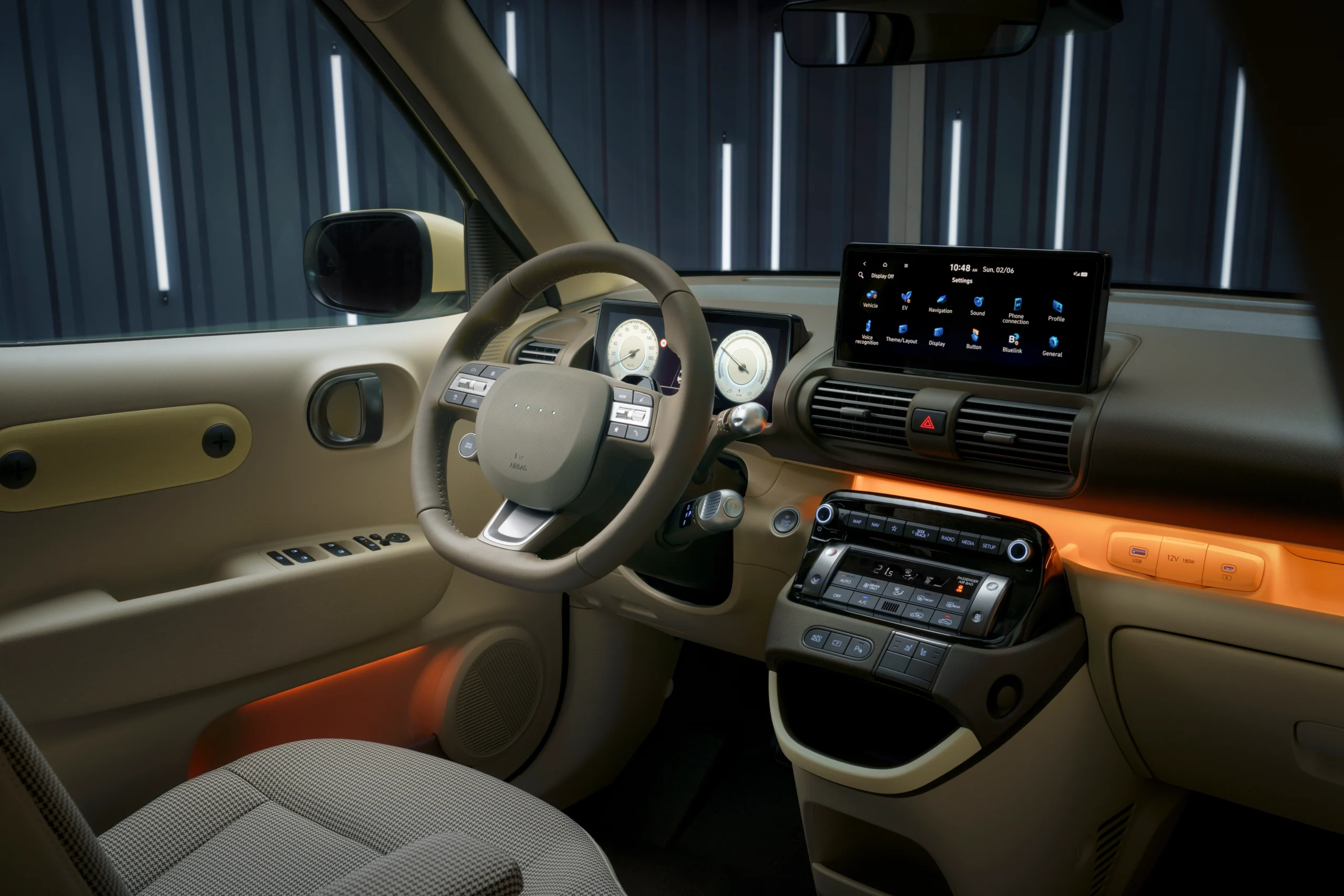
Hyundai Inster Cabin (Source: Hyundai Ireland)
However, it’s not perfect. The narrow width can feel cosy (or cramped) up front, and the lack of a fifth seat might deter some buyers. Compared to the Citroën ë-C3, the materials are on par, but the Inster’s build quality edges ahead of the ultra-budget Dacia Spring.

Hyundai Inster rear seats (Source: Hyundai Ireland)
What is the range of the Hyundai Inster?
The Inster has two battery options: a 42 kWh Standard Range with 95 horsepower and a 49 kWh Long Range with 113 horsepower. Official ranges are 327km and 360km (WLTP), respectively—impressive for a car this small. In real-world conditions, expect closer to 320km, depending on driving style and weather, aided by a standard heat pump that preserves range in cold climates.
On the road, the Long Range version feels nippy around town, with instant torque making it easy to dart through traffic. The 0-100 km/h sprint takes 10.6 seconds—not blistering, but adequate for a city-focused EV. The Standard Range, at 11.7 seconds, is noticeably slower but still acceptable for urban duties. Steering is light and direct, though numb, and the soft suspension soaks up bumps well, albeit with some body roll in corners. It’s quiet and refined at low speeds, though wind and road noise creep in above 80 km/h.
Charging is a strong point: the Inster supports up to 120 kW DC fast charging, juicing from 10-80% in about 30 minutes. An 11 kW onboard charger handles AC charging, taking around 4 hours to fully charge, while the 49 kWh version would require 4 hours 35 minutes for the same job.
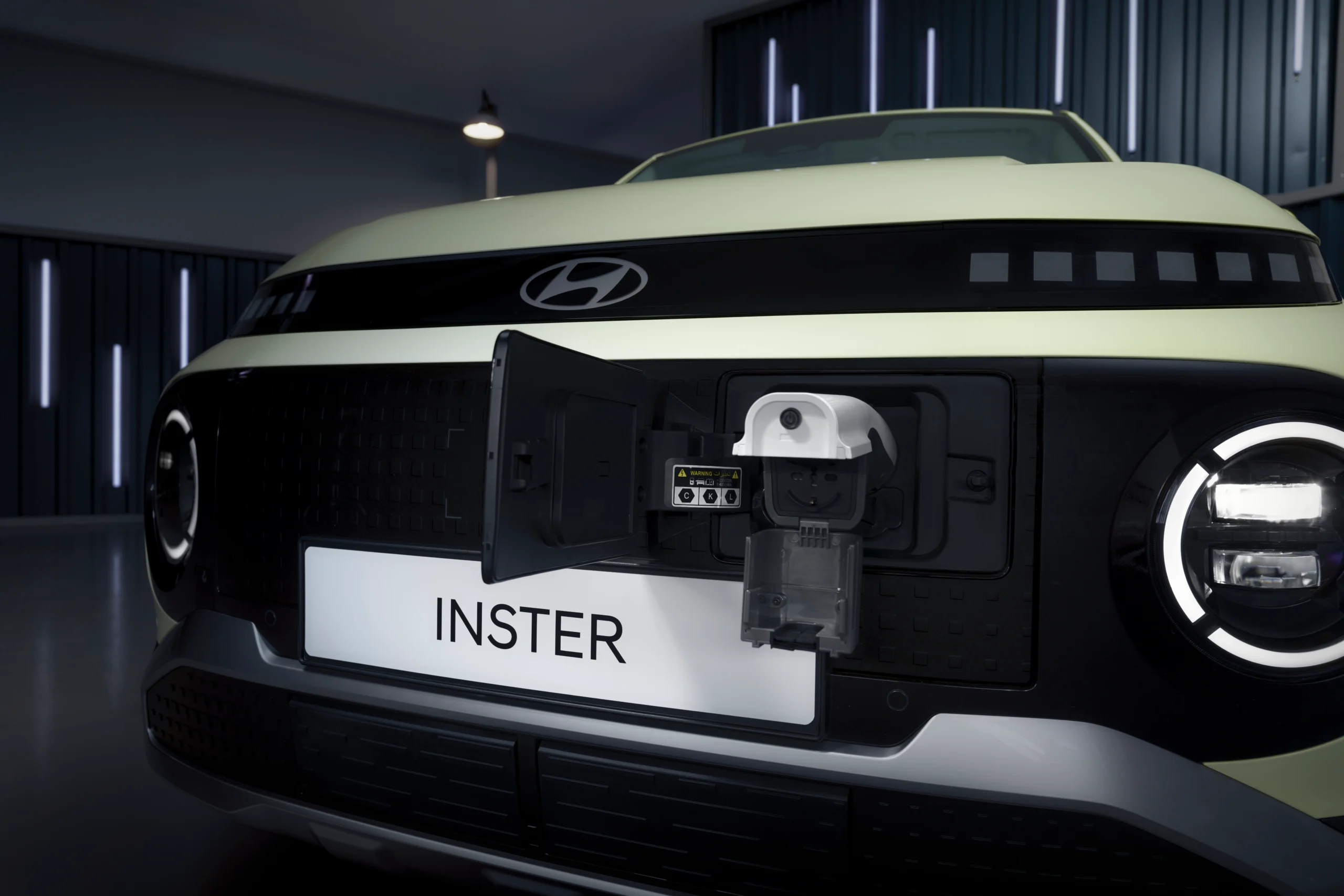
Hyundai Inster Charging Port (Source: Hyundai Ireland)
Technology and Features
Hyundai equips the Inster with advanced tech that is uncommon in its price bracket. The Vehicle-to-Load (V2L) system allows powering devices via internal and external ports, ideal for camping or emergencies. The high-efficiency heat pump and battery heating system optimise the range in cold weather, while regenerative braking, which is adjustable via steering paddles, enhances efficiency.
Safety tech includes Forward Collision-Avoidance Assist 1.5, Lane Keeping Assist, and Blind-Spot View Monitor (top trims), which projects side camera feeds onto the instrument cluster during lane changes. Wireless charging, heated seats, and a heated steering wheel (Elegance trim) add convenience.
How much is the Hyundai Inster in Ireland?
Starting at around €18,995 (after the SEAI grant and VRT relief) for the entry-level Signature with 42kWh battery, the Inster isn’t the cheapest EV on the block – the Dacia Spring undercuts it by nearly €2,000. But it justifies the premium with a generous standard kit: adaptive cruise control, a heat pump, keyless entry, and a suite of safety features like blind-spot monitoring. The Inster Elegance, at €22,495, adds 17-inch Alloy Wheels, Heat Pump & Battery Heater, Parking Sensors – Front & Rear, and privacy glass.
Should You Buy One?
The Hyundai Inster isn’t perfect. It’s not the cheapest, fastest, or most conventionally attractive small EV on the market. But it’s packed with character and clever features that make everyday life easier. For city dwellers who want an electric car that’s easy to park, fun to drive, and won’t leave you stranded with a dead battery, the Inster makes a compelling case. It reminds us that sometimes, the most interesting choices come in the smallest packages. In a world obsessed with massive electric SUVs, there’s something refreshingly honest about this little oddball. It knows exactly what it is – and for the right buyer, that could be everything they need.
Hyundai Inster 2025 Technical Specifications
| Category | Specification |
| Powertrain | Single motor, front-wheel drive |
| Max. Power | 97 PS (42 kWh) or 115 PS (49 kWh) |
| Max. Speed | 140 km/h (42 kWh) or 150 km/h (49 kWh) |
| Torque | 147 Nm |
| Battery Options | 42 kWh (327km) / 49 kWh (360km) |
| DC Charging (10–80%) | 120 kW (~30 mins) |
| 0–100 km/h | 11.7 seconds (Standard Range) / 10.6 seconds (Long Range) |
| Safety Features | Forward Collision-Avoidance, Lane Keeping Assist, Blind-Spot View Monitor |
| Warranty | 5-year/unlimited-mileage vehicle, 8-year/100,000-mile battery |
| Key Features | V2L, 10.25-inch screens, heated seats/steering wheel (Elegance trim) |


